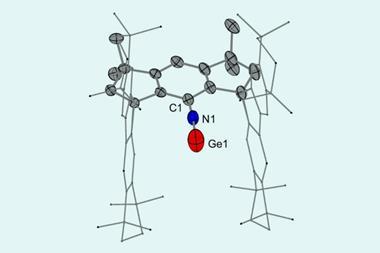A new way of generating hydrogen gas continuously from timber waste is a promising start towards sustainable energy.
A new way of generating hydrogen gas continuously from timber waste is a promising start towards sustainable energy.
Yutaka Amao and Noriko Himeshima at Oita University, Japan, have generated hydrogen gas from renewable starting materials and without polluting by-products.

Amao and Himeshima’s system involves feeding cellulose from timber into a mixture of enzymes, nicotinamide adenine dinucleotide (NAD+), methylviologen and platinum. This converts the cellulose to glucose, which undergoes a redox reaction with NAD+.
Methylviologen is a good electron carrier, and when it is reduced, hydrogen ions can be converted into hydrogen gas, using platinum as a catalyst. However, without a link between these reactions, hydrogen is not produced.
Enter chlorophyll, which, when irradiated with light, links the reactions and they progress until the supply of cellulose is spent. Overall, a continuous stream of hydrogen gas, and the mostly harmless biodegradable by-product gluconic acid, is produced.
Currently, the large amount of platinum needed limits its use, but Amao and Himeshima hope to continue this work on a larger scale and use it to develop an economically viable way of producing energy.
Susan Batten
References
N Himeshima and Y Amao, Green Chem., 2005, 7, 742-746, (DOI: 10.1039/<MAN>b504377h</MAN>)






No comments yet